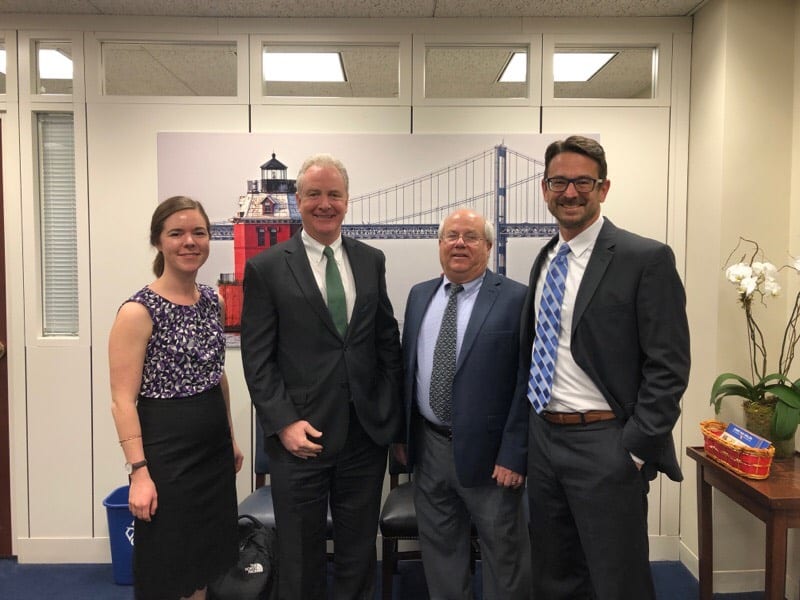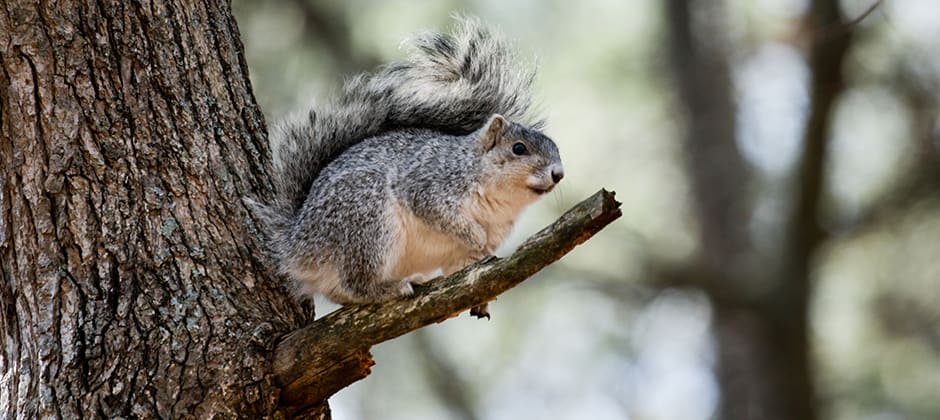Share this article
Federal grants provide wildlife funding for states
Last month, wildlife professionals and supporters from around the country gathered in Washington, D.C. to participate in an annual fly-in highlighting the value of the State and Tribal Wildlife Grants Program to members of Congress.
Nearly 30 participants from more than 15 states came to show their support for the program, and ask their elected representatives to provide robust funding in the Fiscal Year 2020 appropriations bill. The State and Tribal Wildlife Grants program is the only federal program that supports the implementation of State Wildlife Action Plans and works to prevent species from being listed under the Endangered Species Act.
Fly-in participants asked their congressional representatives to sign a letter supporting the State and Tribal Wildlife Grants program, which received $64.5 million in federal funding for FY 2019. The administration’s budget request for FY 2020 included only $31.3 million for the program. At the conclusion of the advocacy campaign, 167 U.S. Representatives signed the letter addressed to the House Appropriations Committee’s Subcommittee for Interior Appropriations, asking for robust funding in FY 2020.
Other federal grant programs also provide funding to state fish and wildlife agencies. Last week, the U.S. Fish and Wildlife Service announced the distribution of grants to states totaling more than $1 billion to restore and conserve wildlife populations through habitat management and research, and increase recreational access.

The federal grant funding is generated through excise taxes on hunting, shooting and fishing equipment and boat fuel, which are permanently authorized by Congress through the Federal Aid in Wildlife Restoration Act and Federal Aid in Sport Fish Restoration Act.
Since the inception of these programs, the Service has distributed over $21 billion in grants to states for fish and wildlife management and outdoor recreation access. These funds have been matched by state wildlife agencies with more than $7 billion, generated primarily though the sale of hunting and fishing licenses.
Header Image: The Delmarva fox squirrel (Sciurus niger cinereus) is a species of greatest conservation need in Maryland’s State Wildlife Action Plan, which is supported by the federal State and Tribal Wildlife Grants Program. ©Chesapeake Bay Program








